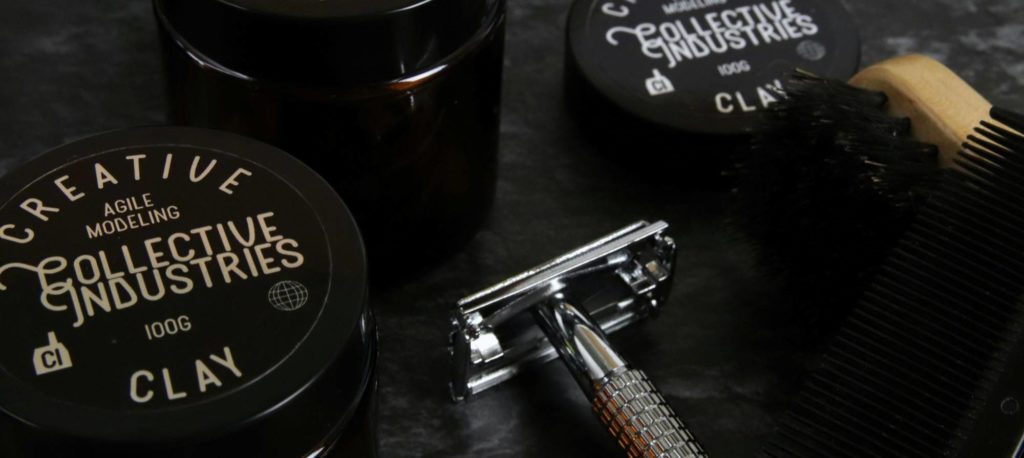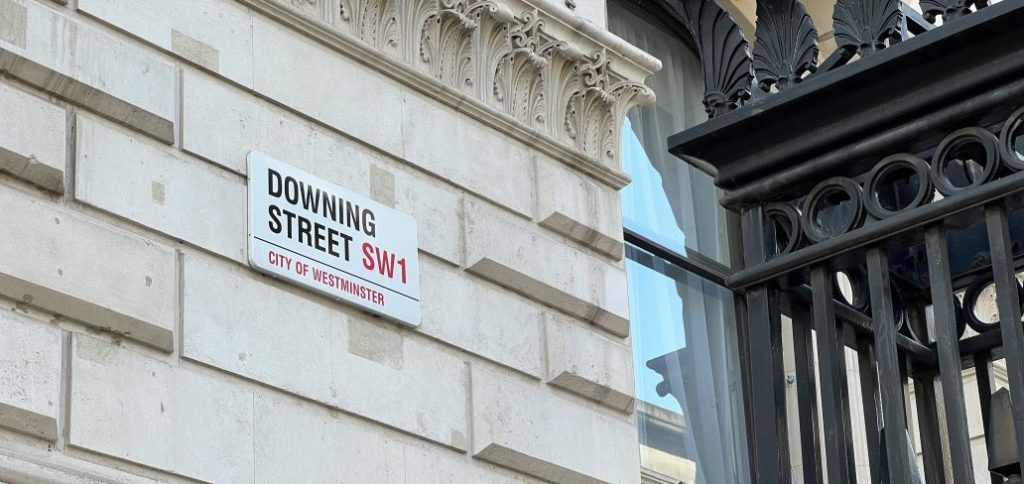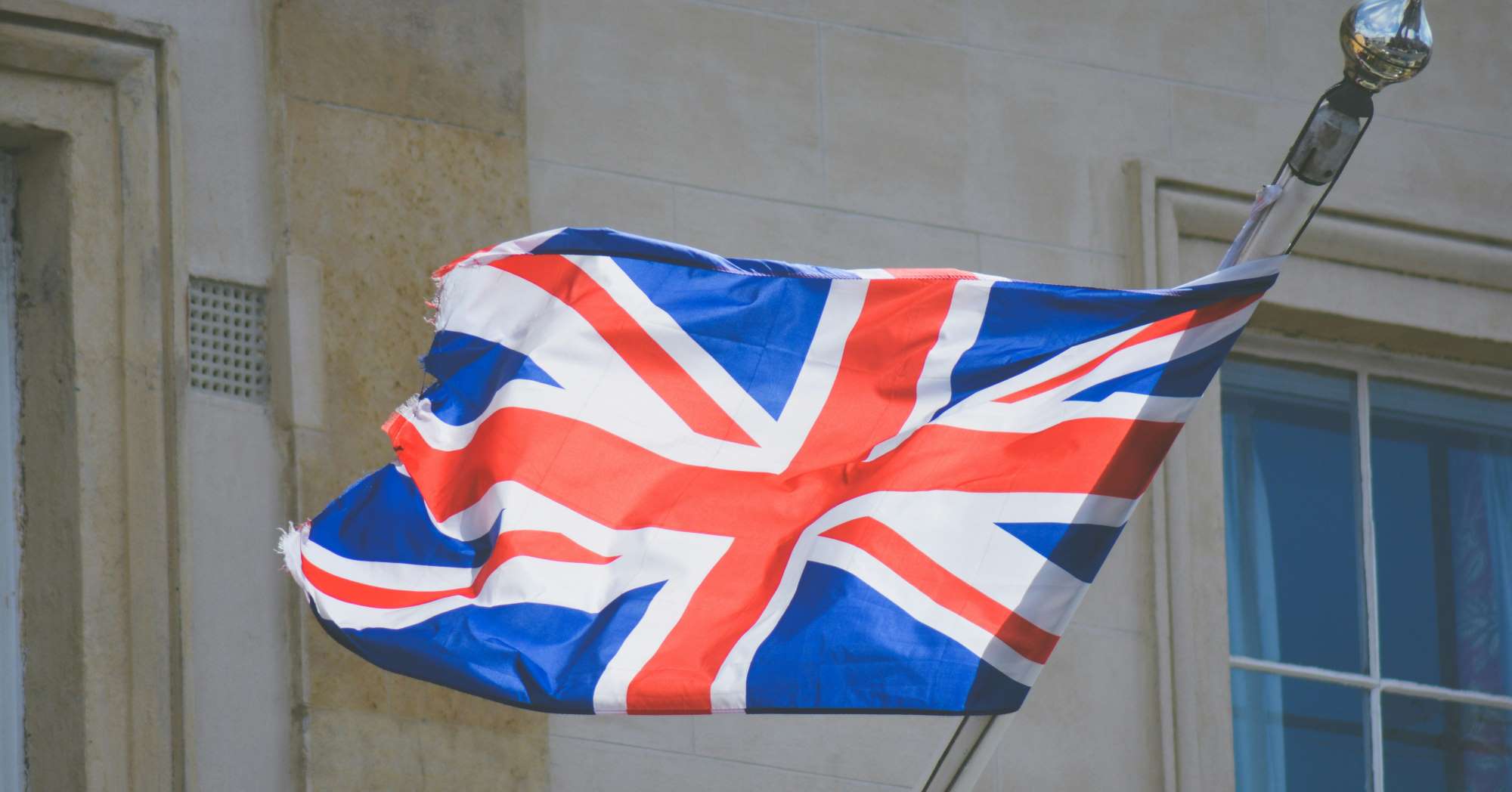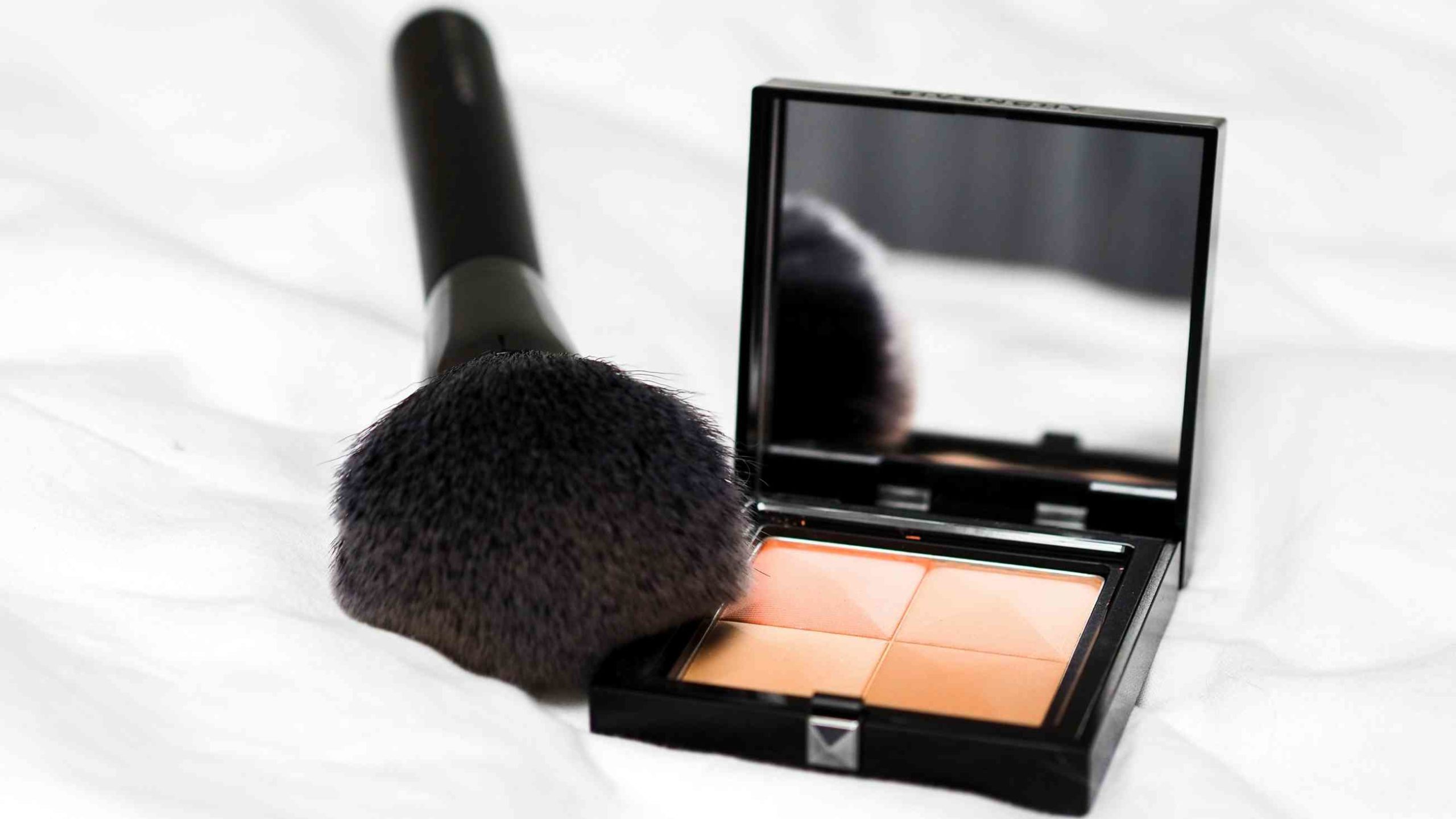If you are looking to sell cosmetic products in the UK, you must ensure they comply with UK cosmetics regulations. These regulations have been in effect since January 1, 2021, following the United Kingdom’s departure from the European Union. The UK cosmetic regulations apply to all cosmetic products available on the British market, whether sold online, in brick-and-mortar stores, or even given away for free.
How are cosmetics regulated in the UK?
Since the exit of Great Britain in 2021, which includes England, Scotland, and Wales, the applicable regulation on the market is Regulation (EC) No 1223/2009 on Cosmetic Products, as amended by the Product Safety and Metrology etc. (Amendment etc.) (EU Exit) Regulations 2019.
The UK cosmetic regulations detail the requirements all cosmetic products must meet to be legally sold in Great Britain. The primary purpose of these regulations is to safeguard public health while also establishing a fully competitive market.
But what is considered a cosmetic product according to the UK cosmetics regulations? The definition comprises three parts: its function, its field of application, and its composition.
A cosmetic product may be a substance or mixture of a number of substances, and it may come in one or more than one part to be combined by the user. The function of a cosmetic can only be to clean, perfume, change the appearance, protect, keep in good condition or correct body odours, while it can only be applied on the epidermis, the hair system, the nails, the lips, the external genital organs, the teeth and the mucous membranes of the oral cavity.
As long as a product falls into the above definition of a cosmetic, it will need to follow the exact same process, whether it’s a perfume, SPF (yes, there are considered cosmetics in Europe and the UK), or a lipstick. The documents required and evaluation will be adapted to the specific nature and application of the product, but the steps are the same.
The critical elements a cosmetic product needs to have are:
- A Product Information File, including a Cosmetic Product Safety Report performed by a certified Safety Assessor
- A unique SCPN number
- Compliant labels and claims
- A Responsible Person based in the UK
More definitions and details on the UK cosmetics regulation can be found here.
The UK cosmetic product registration process
Formula compliance check UK
The very first step of the registration process is the formula compliance check UK, in which the formula and the documents related to the raw materials are reviewed by a certified Safety Assessor.
During this step, we go beyond the basic compliance check most R&D software perform based on available online databases. Our experts meticulously examine impurities, heavy metals, or anything else that might render an ingredient non-compliant with UK cosmetics regulations.
Once the formula compliance check UK is completed, we can accurately determine whether the formula meets UK cosmetic regulation requirements or if you need to reformulate.
The Cosmetic Product Safety Report UK (CPSR)
After the formula compliance check has been validated, it is time to start working on the Cosmetic Product Safety Assessment UK, or CPSR UK, which is the safety evaluation of the product performed by a qualified Safety Assessor.
To create the CPSR UK, the Safety Assessor will review all the documents related to the finished product, including the MSDS, COA, GMP certificate of the manufacturer, the method of manufacture, the stability and compatibility test, the packaging material, etc., and create the CPSR-A, which is the Cosmetic Product Safety Information.
After reviewing all related documents, the Safety Assessor will create the Cosmetic Product Safety Evaluation UK (CPSR-B), in which various calculations determine if the product meets the safety standards or not.
The conclusion of the CPSR-B provides evidence of whether the product is safe for its intended cosmetic use, taking into account its reasonably foreseeable use. The Safety Assessor’s credentials and proof of qualifications must always be included, and their signature must be placed on the CPSR-B.
Label and claims check UK

The elements that must appear on cosmetic labels are defined by UK Cosmetics Regulations and can be divided into two categories: mandatory information and claims.
a. Mandatory information
It is only after the CPSR UK has been carried out that certain mandatory information required on the label can be determined. Here is a list of the mandatory elements that need to be shown on the label of a cosmetic product to comply with the label and claims check UK:
- the name and address of the Responsible Person. Must be in the UK.
- country of origin for imported products
- nominal quantity of contents
- date of minimum durability (“Best Before” date) or (where the minimum durability is more than 30 months) a ‘Period After Opening’ (PAO)
- warning statements and precautionary information
- batch number
- product function, when not obvious from its packaging / presentation
- list of ingredients
b. Marketing claims
Claims are heavily regulated in Europe and the UK as we have detailed in our blog article on EU cosmetic claims.
Claims are words, symbols or logos that appear on the label to encourage a customer to purchase the product: they constitute the most powerful marketing tool that exists to influence a purchase.
It is the Annex to Commission Regulation (EU) No 655/2013 and the technical document on cosmetic claims that set the rules to which brands must comply when designing their label. Among other things, care should be taken to use words that will not cause a product to fall under another regulation, such as “treat”, “heal” or “kill” and to always gather appropriate documentation to support each claim individually.
Portal notification UK
Once the CPSR has been completed, the only thing standing between your product and the market is a unique SCPN number. As per the UK Cosmetic Regulations, it is the Responsible Person’s duty to notify a product on the SCPN (Submit Cosmetic Product Notifications) before it is placed on the market.
Through their account, the Responsible Person will answer a series of technical questions about the product and upload critical data before notifying it. Once this is done, the product will receive a unique SCPN number, allowing it to pass through customs and be easily recognizable by poison control centres.
It is important to note that if the product contains nanomaterials, it must be notified on the SCPN six months prior to being placed on the market.
UK responsible person in Cosmetics
Throughout its lifetime on the market, the UK Responsible Person in cosmetics will ensure the product remains compliant with the UK Cosmetic Regulations. The UK Responsible Person must also ensure that any claims about a cosmetic product do not imply characteristics or functions it does not have. Among their other obligations, the Responsible Person must report all cases of serious adverse reactions (SAE) and always keep the PIF (Product Information File) available to market surveillance authorities at the address provided in the United Kingdom.
For more information on the role of the Responsible Person, see our article on the Responsible Person in cosmetics.
Registration of cosmetics products in the UK
Article 11 of the cosmetic regulations UK sets out the requirements relating to the Product Information File (PIF), and its content described below:
- Description of the cosmetic product
- The Cosmetic Product Safety Report
- Method of manufacture and GMP
- Nature and proof of effect of the product
- Animal testing
A PIF is assigned to a unique product with a specific brand name. If you work with a private labeller who has already created the same product for different brands, you will need to have a PIF and CPSR designed specifically for your product. This will include details of your product, brand name, and UK Responsible Person.
Ready to expand cosmetics into the UK?

If you are ready to expand your cosmetics business into the UK, we are here to guide you every step of the way. You can also read our page on Cosmetics registration in the UK for further details.
First and foremost, start by organising your documents, as this is often the most time-consuming and complex part of the process.
Here is a list of documents you should focus on collecting:
- For raw materials
- MSDS
- COA/Specifications
- Non-animal testing statement
- For the Finished Product
- MSDS
- COA/Specifications
- Non-animal testing statement
- Packaging information
- Method of manufacture
- GMP according to ISO22716
- Stability/compatibility test
- Undesirable effects statement
- Challenge (PET) test
- Artworks
If you work with a R&D software, contact us first: we might be able to access your account easily thanks to our various partnerships. We hope this article helps you better understand the Cosmetics regulations in the UK.
Don’t hesitate to contact us if you are ready to start registering your products!



